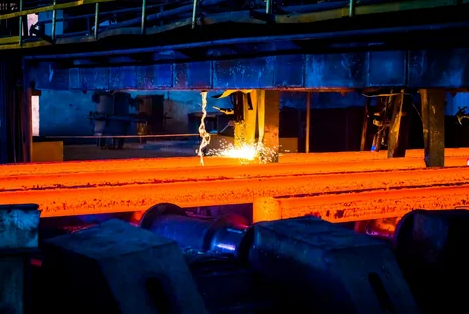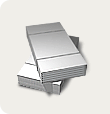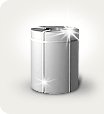Primary steel profit margins will decline by a third to 24-26% in the second half of this fiscal year compared to the first half, as raw material costs rise sharply due to more than doubling coking coal prices since July.
However, for the full fiscal year, the operating margin will average 31-32%, which is ~ 400 basis points (bp) higher than last fiscal year, thanks to a strong first half of the year when steel prices were good. and raw material costs were moderate.
The CRISIL study of the five largest steel companies, which account for 58% of domestic production, shows that subsequent robust charges will support higher capital expenditures, continued declines in leverage and stronger balance sheets. Global coking coal prices have skyrocketed since July, rising from ~ $ 175 per tonne in June to ~ $ 400 per tonne in October, mainly due to disruptions in Australian and Chinese mines, as well as logistical problems such as lack of cargo and containers, amid high demand. from global steel producers, especially from China.
Prices are expected to decline only gradually as it takes time to increase supply. Given that domestic primary steel producers rely primarily on imported coking coal, their production costs will skyrocket.
In contrast, iron ore, another key raw material that accounts for 15-20% of production costs, is entirely covered from domestic sources (domestic and commercial supplies). Although global iron ore prices fell ~ 60% between July and October, domestic prices fell only ~ 30% as supply is still limited.
According to Navin Vaidyanathan, director of CRISIL Ratings, “The jump in coking coal prices, which accounts for about a third of total production costs, will significantly increase the price pressure on domestic primary steel producers. At the same time, the fall in domestic iron ore prices was significantly lower than the rise in coking coal prices, which provided a limited airbag. These factors will lead to an overall increase in production costs for domestic steel producers by about 30% in the second half of the financial year. ”
Global steel prices are expected to remain stable in the second half, after rising about 1.8 times the average price of the previous fiscal year in the first half of this fiscal year. While prices were supported by strong demand and more expensive iron ore in the first half of the year, further reductions in supply in China through green initiatives and higher coal prices are expected in the second half. Prices are expected to average $ 850-900 per tonne this fiscal year, more than 60% higher than last year.
Domestic steel prices, which are largely dependent on the value of imports, also continued to be high, despite a slight slowdown in the second quarter of this fiscal year due to weak domestic demand amid a second wave.
Rising coking coal prices will reduce profitability of steel mills in the second half of the 22nd fiscal year

|
|
Azovpromstal® 3 November 2021 г. 09:51 |





